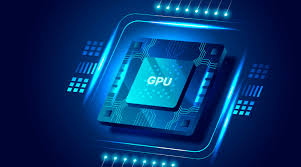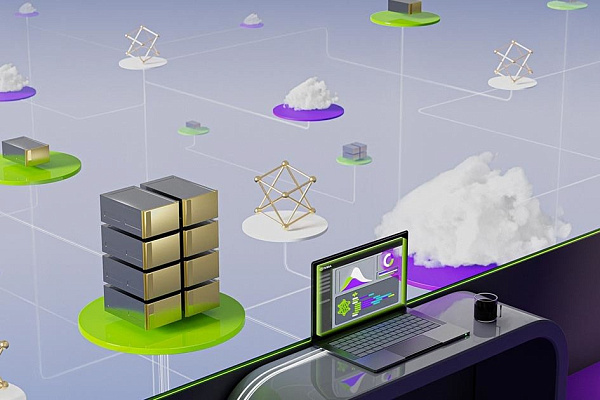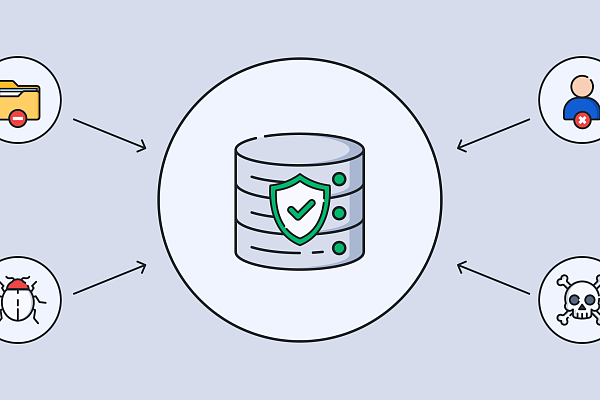In today's competitive digital landscape, organizations are racing to take advantage of advanced computing capabilities without the burden of huge capital investments. GPU cloud computing is a transformative solution that democratizes access to high-performance resources. With the GPU-as-a-Service market projected to skyrocket from $3.16 billion to $25.53 billion by 2030, it is clear that GPU cloud technology is not just a trend – it is the backbone of modern computing innovation. This article explores what GPU cloud solutions are, why they are important, and how they are reshaping industries.
What is a GPU Cloud?

A GPU cloud integrates graphics processing units (GPUs) into a cloud infrastructure, enabling organizations to use parallel processing power. Unlike CPUs, which process tasks sequentially, GPUs excel at breaking down complex workloads into smaller, simultaneous operations. This architecture is ideal for artificial intelligence (AI), machine learning (ML), 3D rendering and scientific simulation – tasks where speed and efficiency are key.
Why GPU clouds outperform traditional computing
GPU clouds are changing the way organizations approach computing challenges. Here is why they are essential:
1. Unmatched speed through parallel processing
GPUs can process thousands of threads simultaneously, accelerating tasks such as neural network training or genome sequencing. For example, rendering a 4K video could take hours on CPUs, but minutes on GPUs.
2. Cost-efficiency and scalability
Pay-as-you-go models allow organizations to avoid upfront hardware costs. Do you need 100 GPUs for a one-off simulation? Scale up instantly, then scale down after the task is complete – no wasted resources.
3. Global accessibility and collaboration
Teams around the world can securely access GPU in the cloud, enabling real-time collaboration on projects.
4. Faster innovation
Experimentation becomes seamless. Developers can test algorithms, iterate on designs, or prototype AI applications without hardware procurement delays.
GPU cloud applications
GPU clouds are driving innovation across industries:
Healthcare & Life Sciences
Accelerating drug discovery through molecular dynamics simulations (e.g. COVID-19 vaccine development) and improving MRI/CT scan analysis through AI-powered image recognition.
Media & Entertainment
Animation rendering, real-time video editing for streaming platforms, and the creation of immersive metaverse environments.
Financial services
High-frequency trading algorithms and fraud detection systems that analyze terabytes of transaction data in milliseconds.
Scientific research
Climate modelling, nuclear fusion simulations and astrophysics calculations that require exascale computing power.
Challenges of GPU in cloud computing
While GPU clouds offer immense potential, strategic implementation is key:
Security & compliance. Sensitive data (such as patient records) requires robust encryption, trusted access controls, and compliance with local regulations. Choose providers that offer dedicated instances or private clouds.
Integration of legacy systems. Legacy applications may need to be refactored to take advantage of GPU acceleration. Containerization tools, such as Docker or Kubernetes, can bridge the gap between on-premises and cloud environments.
Expertise. Maximising GPU performance requires expertise in frameworks such as CUDA or OpenCL. Invest in training or partner with a managed service provider.
Conclusion
GPU cloud computing is not just an IT upgrade – it is a strategic tool for innovation. Whether you are a startup training generative AI models or a hospital revolutionizing diagnostics, GPU clouds offer the agility to outperform the competition.
Cloud4U offers NVIDIA-powered instances tailored for AI, HPC and graphics workloads. With scalable pricing and enterprise-grade security, we enable organizations to focus on breakthroughs – not infrastructure.



